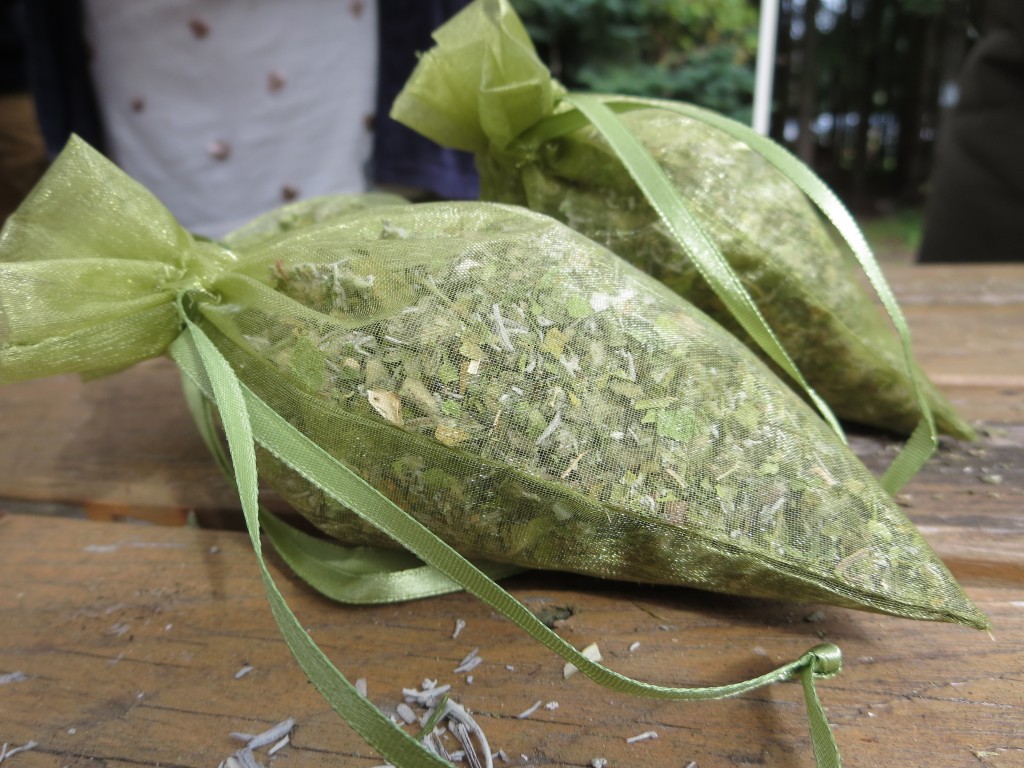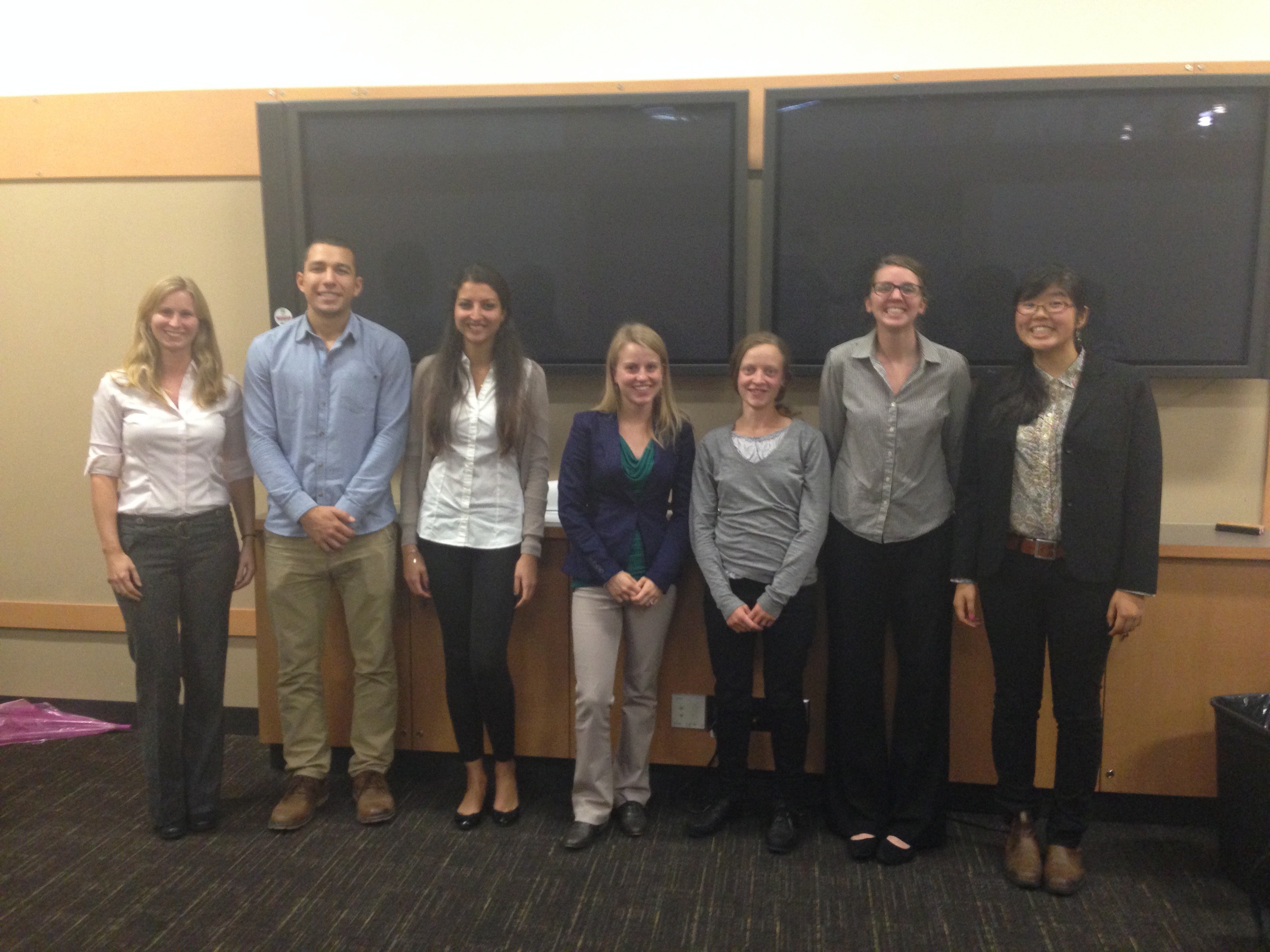This week we met with our community liaison, Dr. Eduardo Jovel, and also completed our project presentation and written proposal. Dr. Jovel recommended prioritizing our database to the Institute for Aboriginal Health (IAH) Garden, and the plants within it that are native to the area, due to time restraints with our project. This answers a question that has been a main source of discussion within our group; the majority of the plants that are grown in the garden are non-native species. To document the garden in its entirety would require including non-native plants, while documenting all native plants used by the IAH would have to include their wild-harvested plants. Dr. Jovel’s suggestion eases this choice, and also means that the direction that the database could take will still be left open after we’re done. He also recommended using scholarly sources for our research method to avoid the kinds of situations we encountered in “Student Researchers negotiating consent in northern aboriginal communities” (2006), where many students conducting research within Aboriginal communities encounter ethical dilemmas for which they are often unprepared. By sticking to literary research we can avoid a difficult situations, while still accessing some excellent compendiums of information from a wide variety of sources. As Dr. Jovel reminded us, what one interviewee tells us may not accurately represent the range of experiences and traditions that exist; therefore, it is safer to focus on scholarly research for now.
Additionally, on Wednesday our group presented our CBEL project to our colleagues and our TA, Molly, explaining what we have determined for our project’s focus, research methods, research question and the vision for the database. We also shared our personal interests and reasoning for choosing this CBEL project as well as any concerns that we may have with executing the tasks. These ranged from interests in bringing often-overlooked traditional knowledge the attention it deserves, to contributing to the health of local Aboriginal communities, to the practical concern of ensuring that our database is presenting new and useful information, or more seriously, concerns about potential ethical dilemmas in the representation of these traditions. We found some shared interest among our classmates in the field of herbal medicine, which bodes well for the potential benefit that this database may have for future students. Molly’s feedback was helpful and fair.
Friday, Jen and Saki participated in an Indigenous Medicine workshop, which was hosted in part by Hannah Lewis, where they prepared a medicinal tobacco pipe mix. Before the workshop they were asked not to record information in order to respect oral tradition (photos shown here were taken by Hannah). Jen and Saki reflect: “The value of being present and with each other at that space and time was something that I don’t see often in my everyday life, and [I] really appreciated it. There was a clear emphasis on the importance of reciprocity: giving tobacco to the earth, gifting salmon to our guest, reflecting, hugging, and showing an overall appreciation for ourselves, the Earth and each other. It was interesting because some of the plants used in this mix are considered weeds by many people and therefore of no value. During the cutting of the dried plants our host/teacher encouraged participants to move from plant to plant, or just stop and rest, as handling one plant for a while might really affect them–It gave me a chance to be more self aware of my body and how I was feeling. And it was true, each plant did affect you, whether you were imagining it or it was actually happening, it affected you. As we prepared the ingredients we got to know each other and each and every person added their energy to the mix”. Jen found that “the feeling [she] got from being there resonated within [her] since,” and Saki summed it up: “It was a lot more than just ‘Okay, we’re here, let’s start and get this done.’ There was time taken to appreciate, to think, to sing.”
Lastly this week, we submitted our written group proposal for our project on Sunday. Overall, we are happy with the progress that we achieved this week and we can’t wait for what we‘re going to learn in the upcoming weeks.

Preparing ingredients for the pipe mix.

Finished sachets of medicinal herbs.
Looking to next week, we hope to finally meet with Duncan, our IT help, which will hopefully shed light on the technicalities of the database, although we have been informed we have a site! We are still uncertain how much time the creating and editing process will take; the more complex it is the fewer plants we will be able to input. As we stated in our proposal presentation, we are focussing on creating a functional and easy-to-use database that is simple to build upon, rather than one filled with plenty of information but buggy and clustered.
We will also need to begin researching our subject plants. We have obtained a few books to use as sources from Dr. Jovel and members of our group, but it’s expected that these alone will be insufficient. Our next steps include allocating plants to research individually, revisiting the IAH at the UBC Farm and confirming with our community partners which plants are considered traditional by the Aboriginal community.
Davison, C.M., Brown, M., & Moffitt, P. (2006.) Student researchers negotiating consent in northern aboriginal communities. International Journal of Qualitative Methods, 5(2): 28-39.

